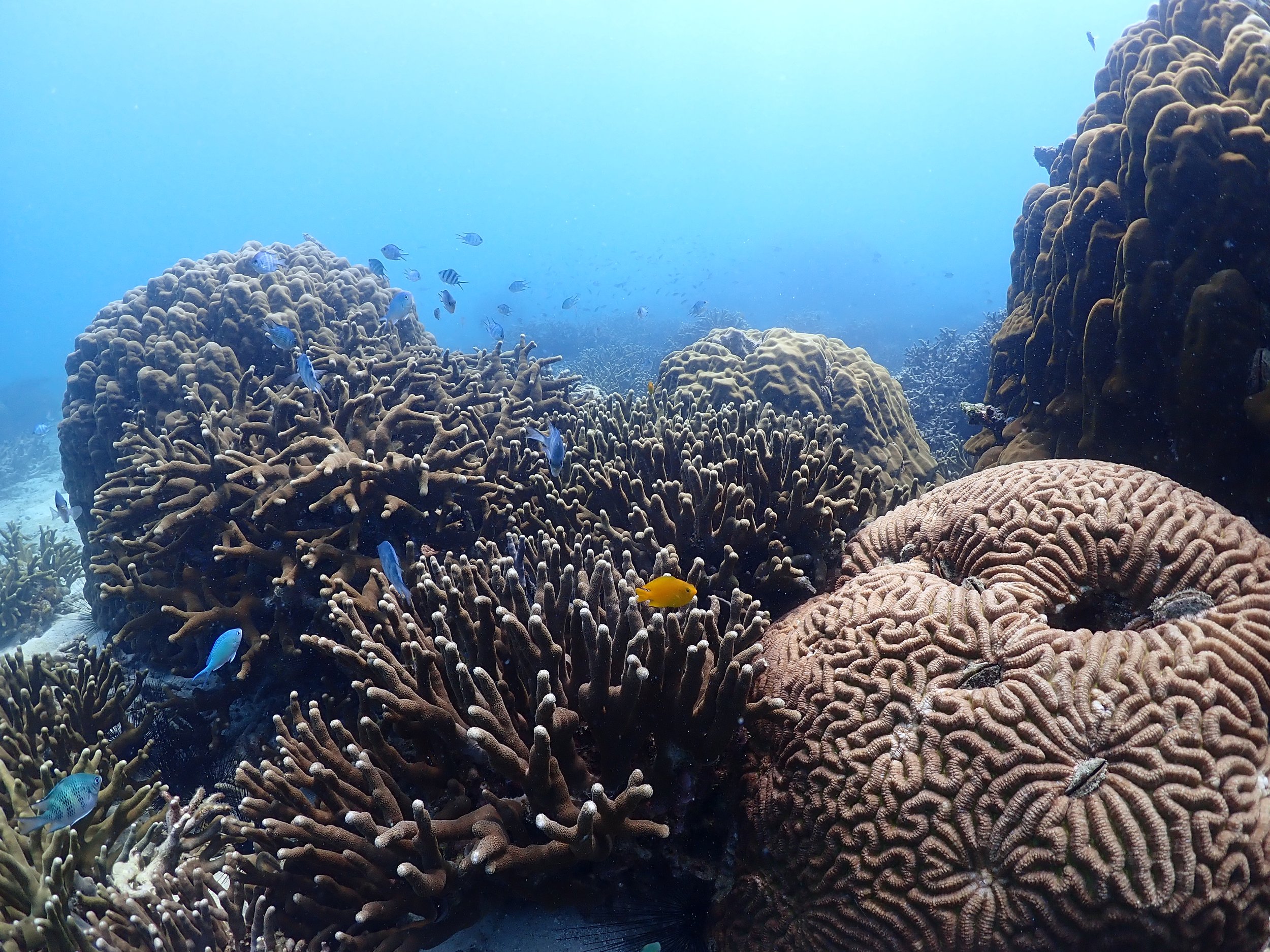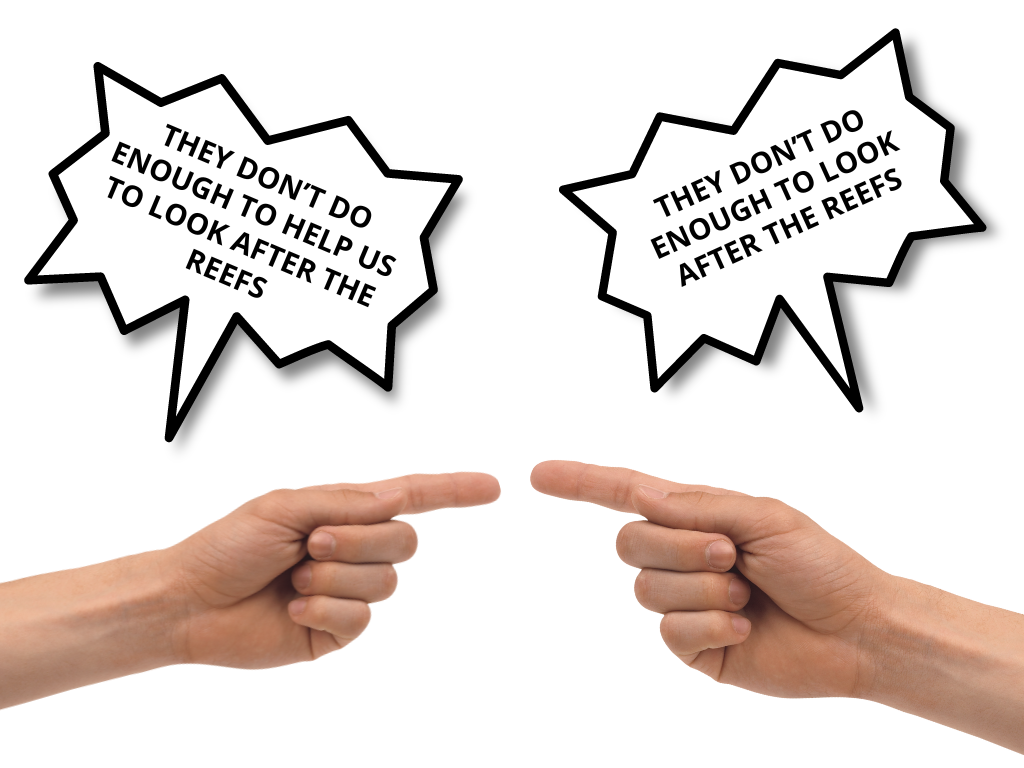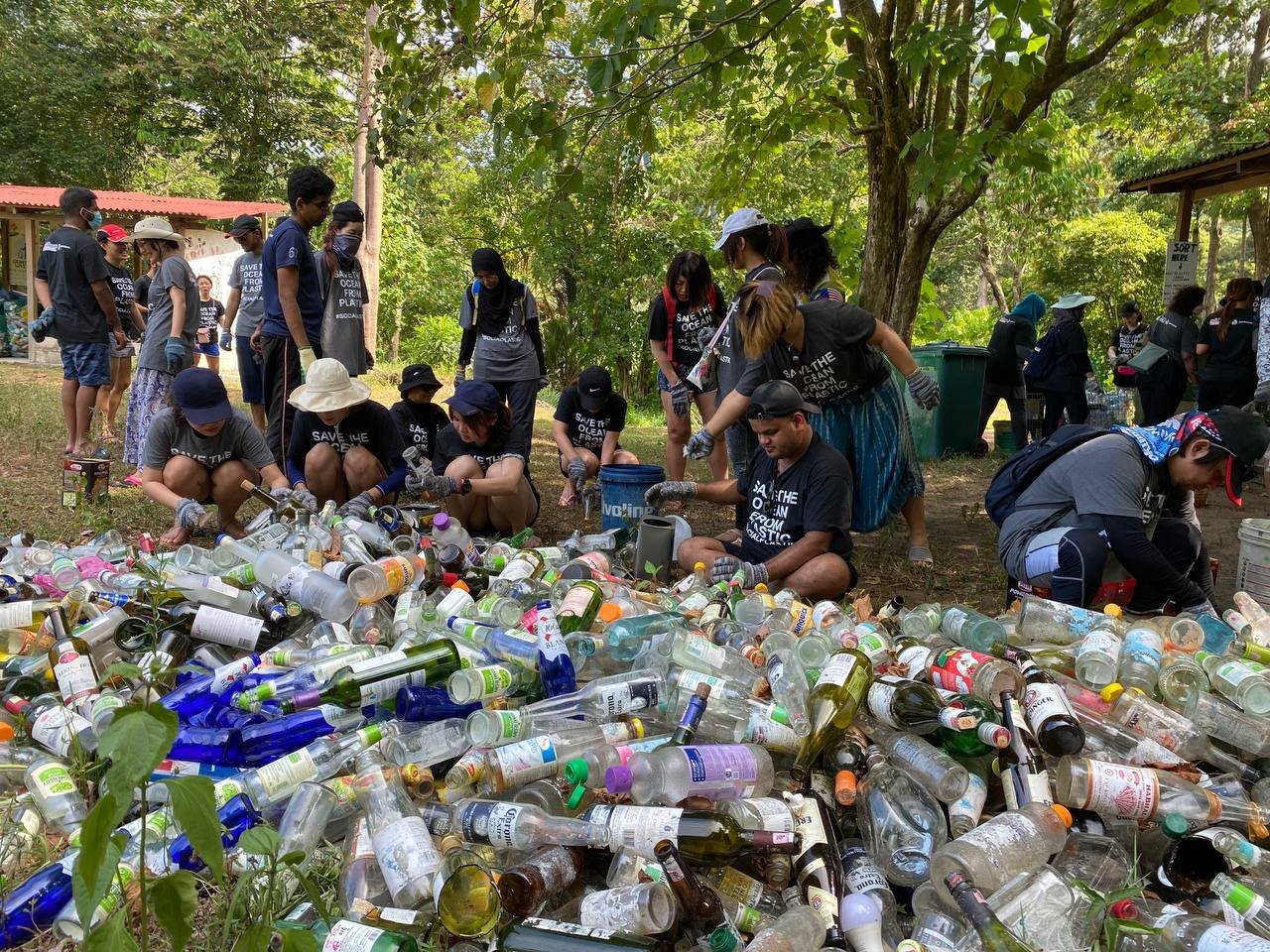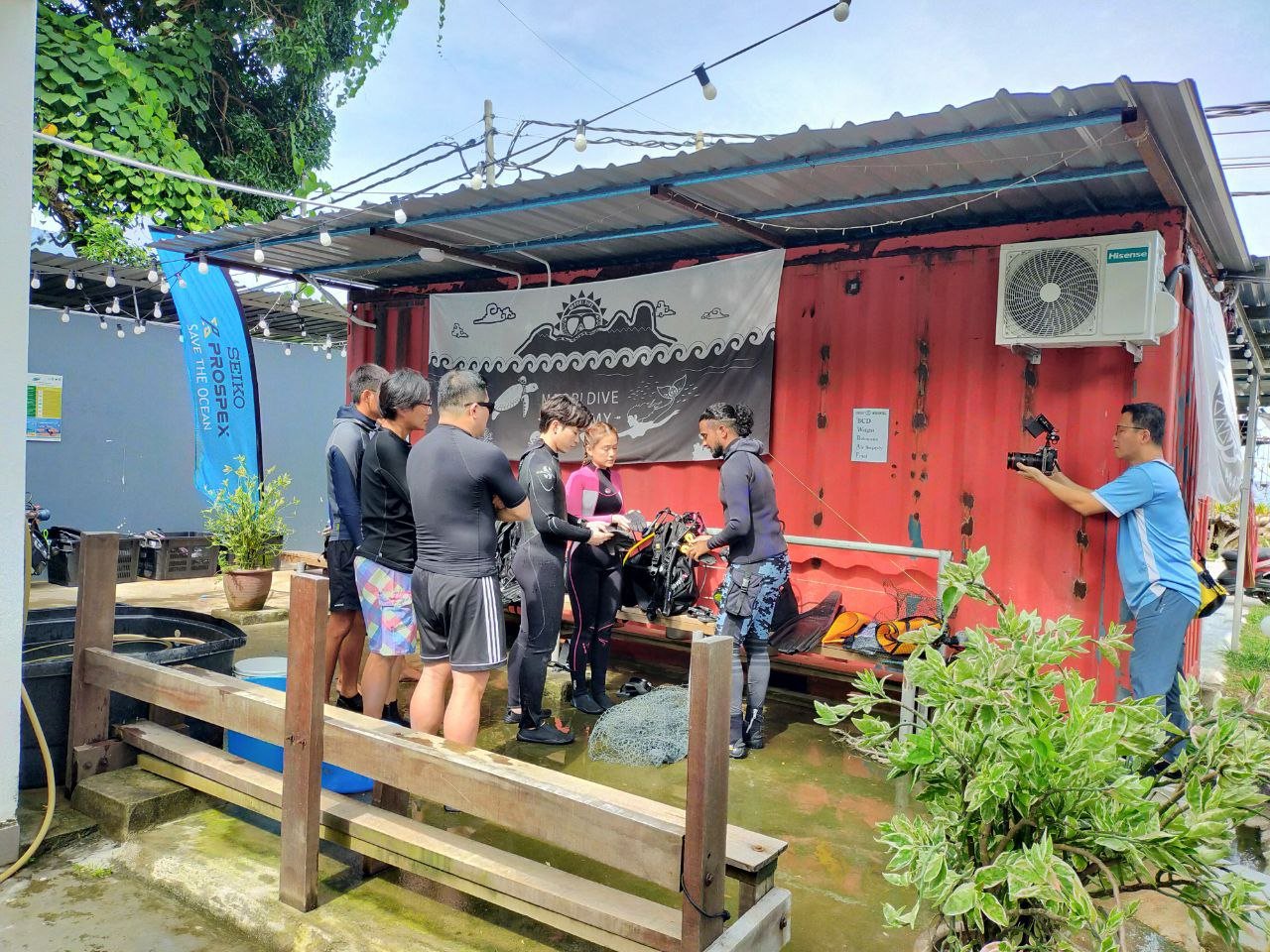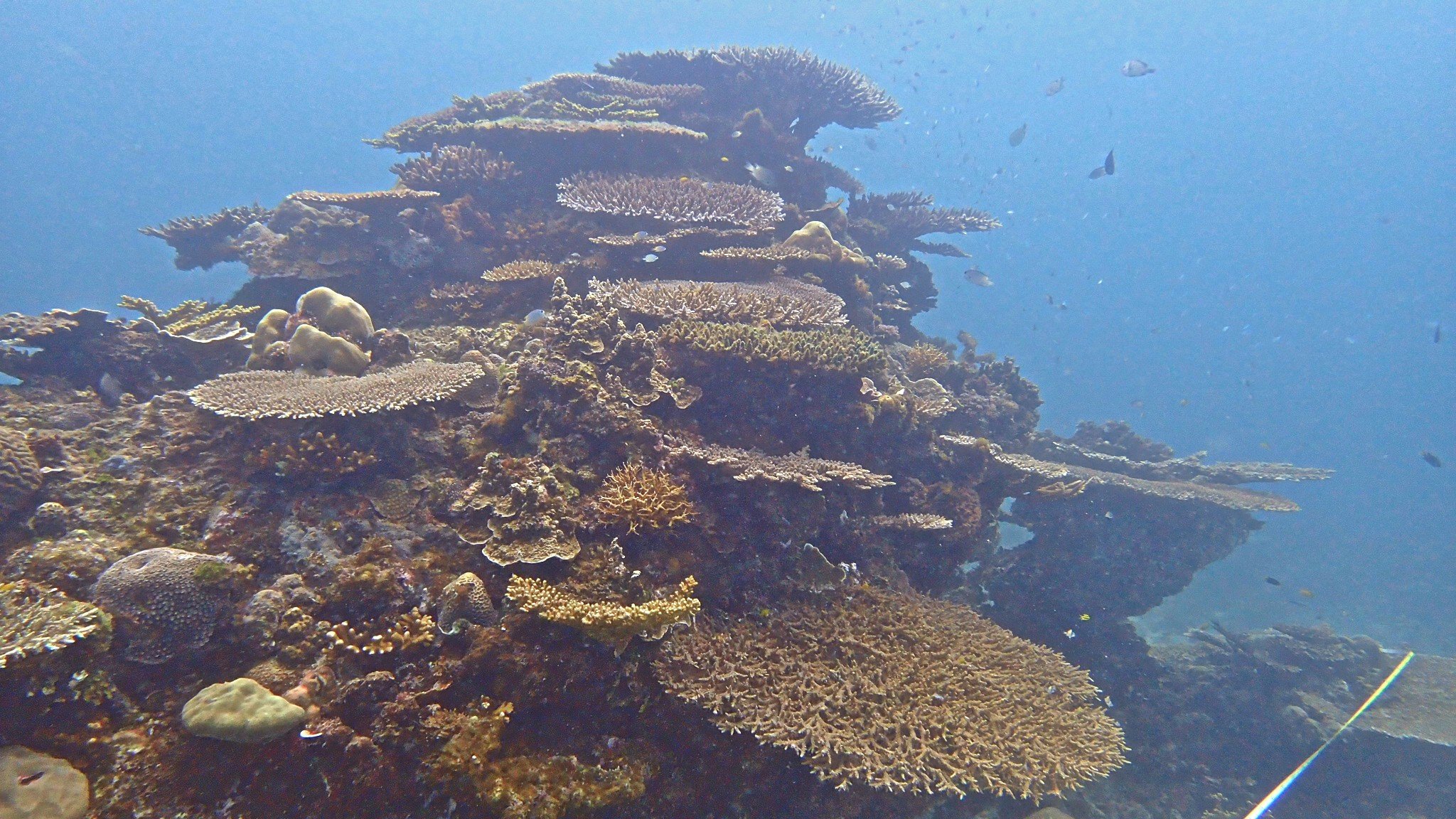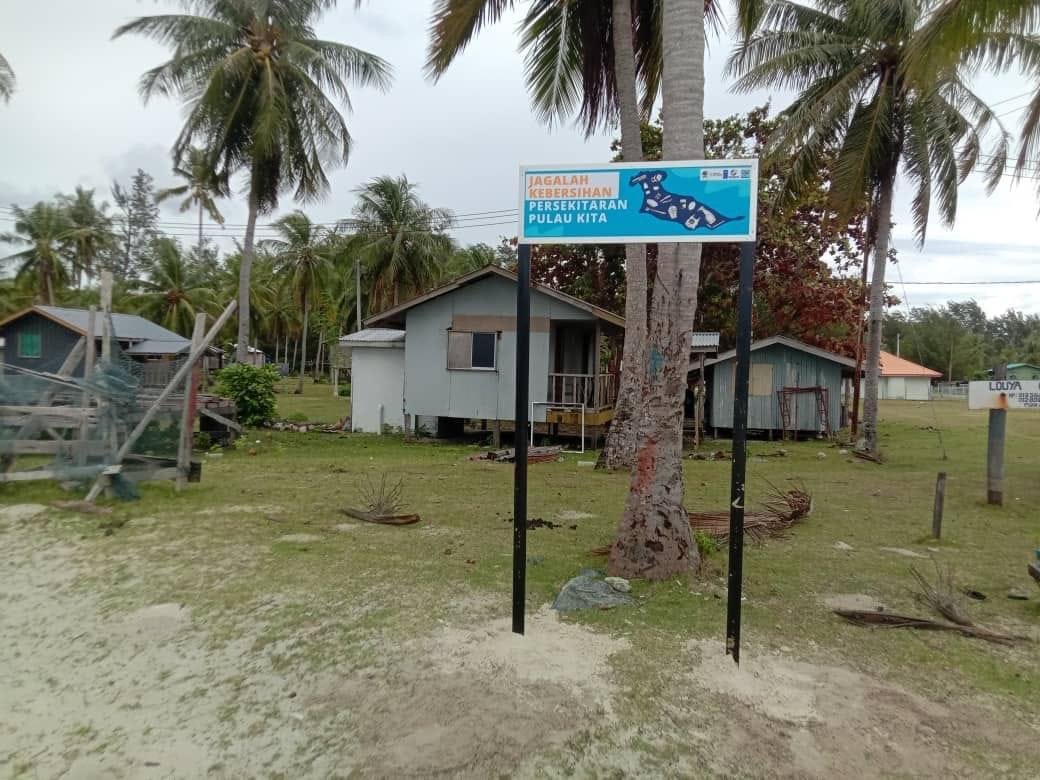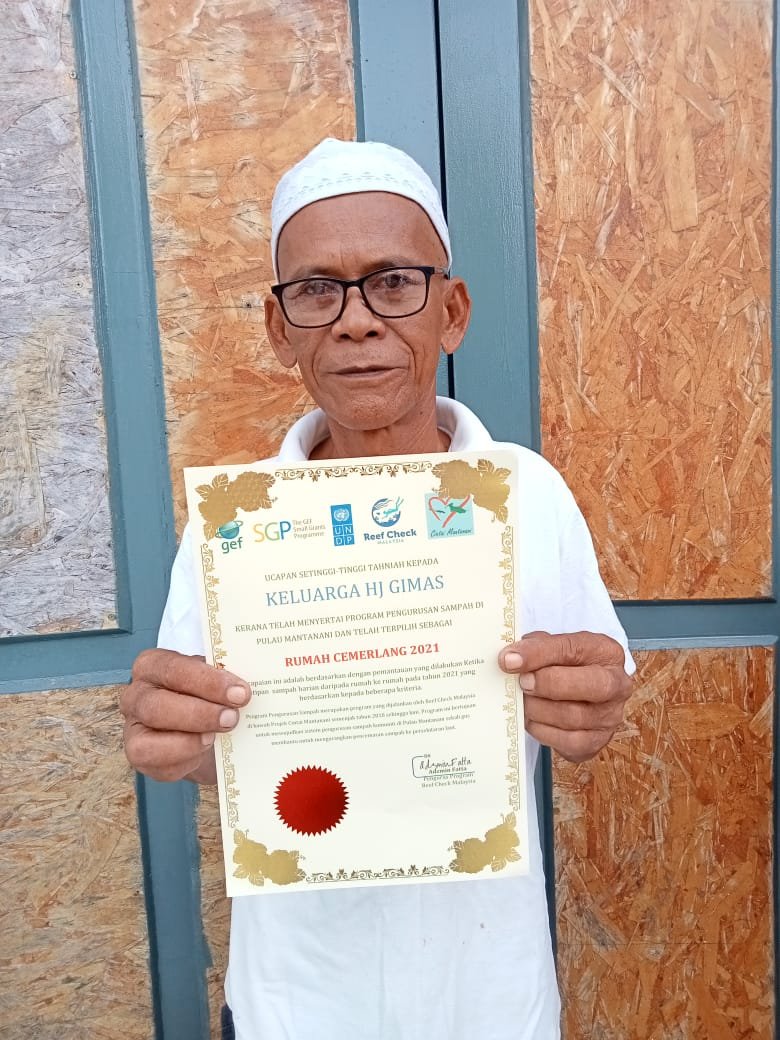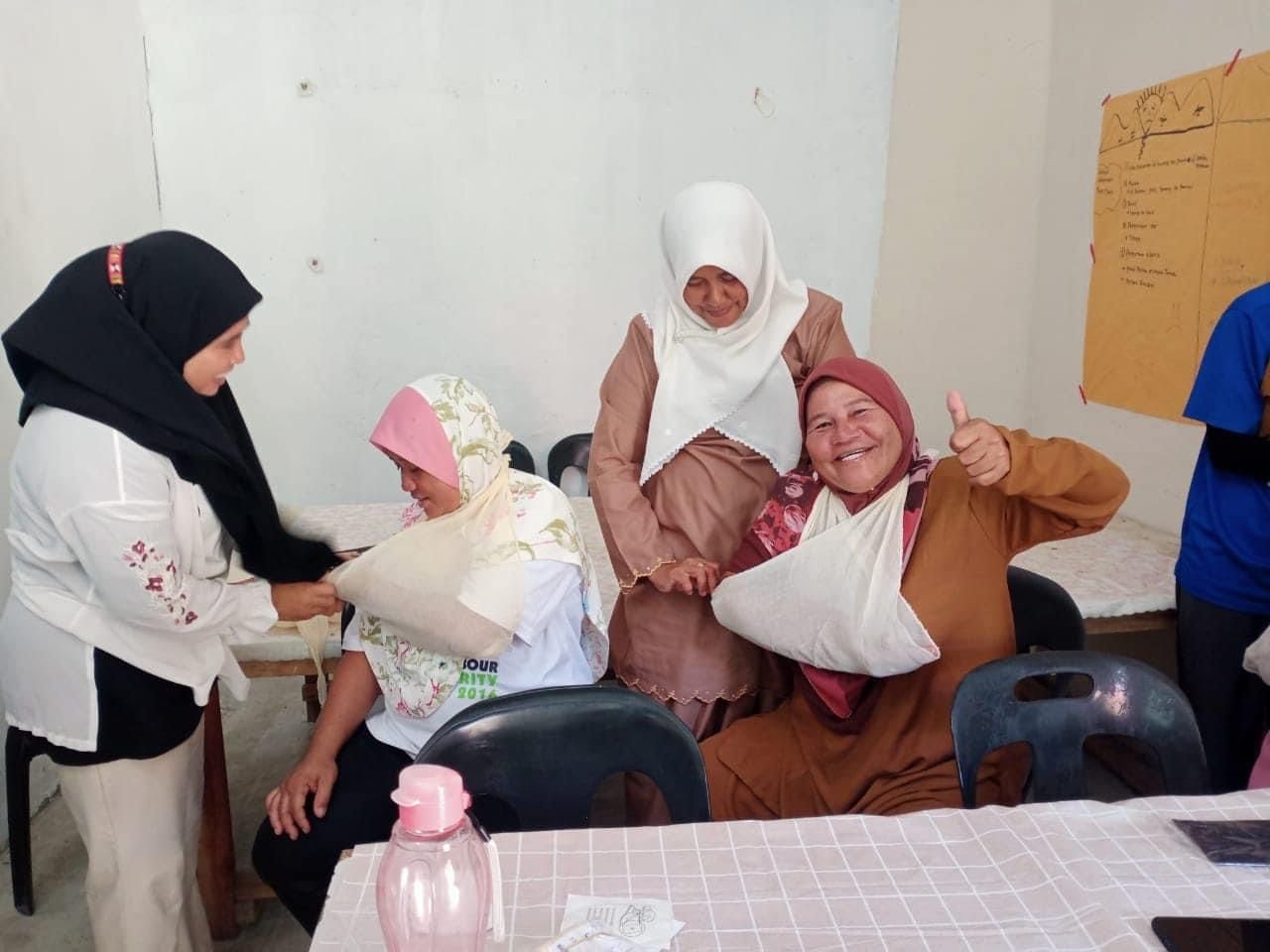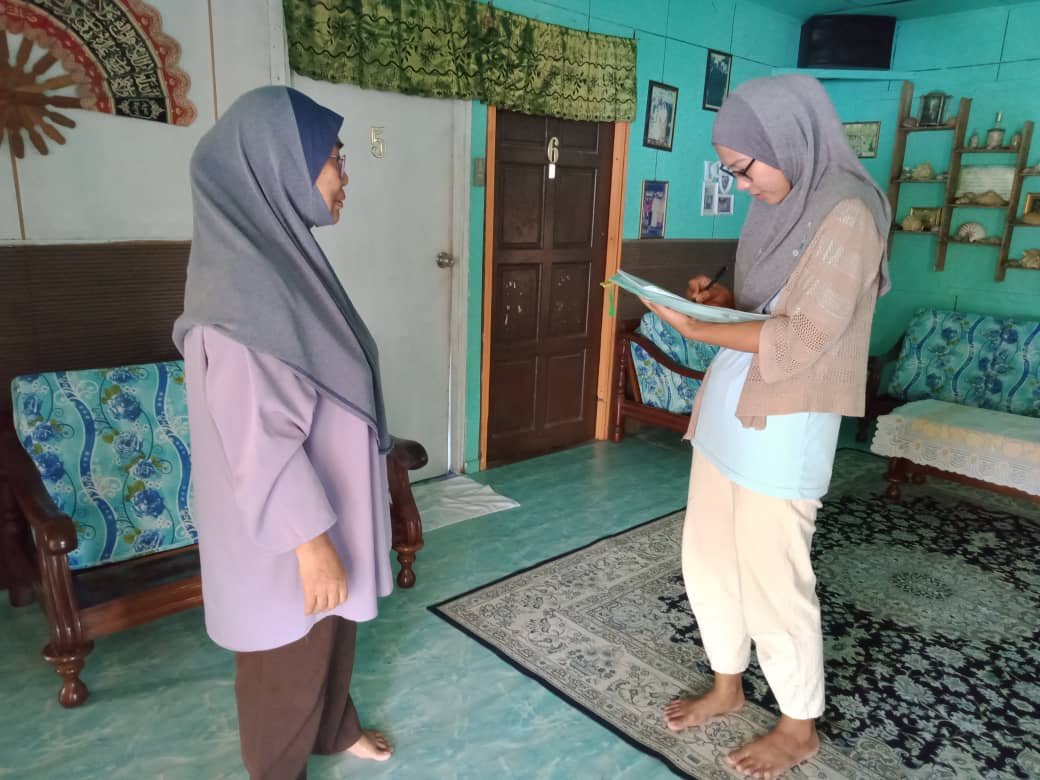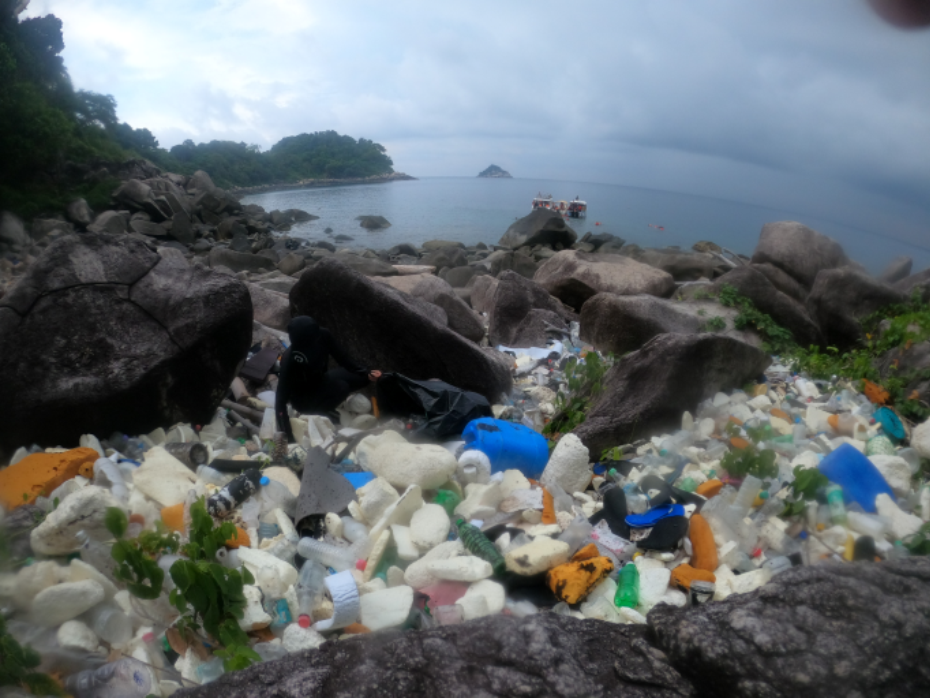In an earlier post, I talked about the management of marine resources in Malaysia – what it is we are managing and some of the key challenges. I highlighted what I think are some gaps in management; this article looks at how we can fill some of those gaps.
Defining Marine Ecosystems
RCM has come to focus on three (of many) marine ecosystems: coral reefs, seagrass beds and mangroves. Individually and collectively they provide a wide variety of ecosystem services that communities rely on (food, flood protection, employment, etc.).
For effective protection of these ecosystems, we need to remember that there are two different aspects to connectivity between these ecosystems: community connectivity (between different communities of the same ecosystem – reefs on different islands are connected) and functional connectivity (movement of species between the different ecosystems at different stages of their lifecycle).
What Exactly Do We Mean by “Managing Marine Resources”?
There are many ways to define “management”. A simple dictionary definition reads: “the process of dealing with or controlling things or people”.
Simple.
In an office environment, perhaps. But what about in a natural system such as a coral reef, where things are more fluid, where more people are involved and the system is more complex?
Natural resource management deals with managing the way in which people and nature interact – whether in terrestrial or marine areas. It brings together land use planning, water management, biodiversity conservation, and the future sustainability of industries like agriculture, mining, tourism, fisheries and forestry. It recognises that people and their livelihoods rely on the health and productivity of nature. It also acknowledges that their actions as stewards of nature play a critical role in maintaining this health and productivity.
That’s the textbook version. Here’s how RCM thinks about the practice of marine resource management: all relevant stakeholders working together to minimise or eliminate local threats to marine resources so they remain as healthy and productive as possible.
And as highlighted in the previous article, there are two key components to this, namely: integrating the management of different ecosystems and ensuring broad stakeholder participation.
So how are we doing?
The report card would probably read “Could Do Better”
One of the challenges with marine resource management in Malaysia is that the current approach is fragmented and distributed among different government agencies:
Coral reefs are protected by the Department of Fisheries in Peninsular Malaysia, and state Parks bodies in East Malaysia,
Mangroves are managed by both state-level and Federal-level bodies,
Seagrass meadows have no specific protection.
So there isn’t much integration of the management of these ecosystems – even though they are mutually dependent ecologically. Added to this is the lack of management of the corridors connecting dispersed ecosystems. So, for example, the corridors that transport larvae from the southern islands (Johor islands and Tioman) to the northern islands (Redang, Perhentian) are unprotected.
A second area that is weak is that, overall, there is perhaps too much reliance on the government to solve all the problems…but they can’t realistically be everywhere all the time.
Here’s the gist of a common conversation I have:
Island-based stakeholder: “They don’t do enough to look after the reefs”
Marine Parks officer: “They don’t do enough to help us look after the reefs”
Studies have confirmed the importance of involving local stakeholders in decisions regarding natural resource management.
The Convention on Biological Diversity is calling on governments to strengthen the role of IPLCs (Indigenous Peoples and Local Communities) in the latest round of negotiations to agree on the post-2020 Global Biodiversity Framework. The SDGs and our own National Policy on Biological Diversity called for greater participation of stakeholders in decision-making.
But it’s a two-way street: the government has to acknowledge and enable stakeholder participation; stakeholders have to adopt that role sincerely. What we have to do is build the capacity and the institutions to allow that to happen.
RCM and Reef Care – Making It Happen
Building local capacity in conservation and management is something that we have been doing for some time now, but it has taken on a greater role in the last two years. The Tioman Marine Conservation Group (TMCG), launched in 2016, is now carrying out an annual programme of conservation activities to help protect reefs around Tioman (ghost net removal, crown of thorns management, restoration, monitoring). We have a similar programme on Mantanani island and we are introducing it to other areas next year.
So that’s the capacity. What about the institutions?
In 2020, the Department of Fisheries Malaysia introduced the Reef Care programme. The goal was to give local communities in reef areas some responsibility for managing coral reefs near their village. TMCG was appointed as a local partner on Tioman.
Although under-resourced, Reef Care has provided a great vehicle for us to institutionalise what the TMCG is doing on Tioman and we have expanded from just one Reef Care area two years ago to seven today, covering all the villages on the island! We are now working with partners on other islands to help to develop stronger conservation programmes.
We hope to identify conservation leaders on the islands who can take a more central role in managing the marine resources around the islands, in partnership with the Department of Fisheries.
What Else Can Be Done?
As far as “joined up” management goes, steps are already being taken to address this. We are hoping to see a new project launch in the next few months that will look at connectivity between ecosystems off the east coast of Peninsular Malaysia, to protect the “connectivity corridors” between ecosystems. This will require close collaboration between stakeholders.
And who knows, perhaps it could even lead to a new model for marine resource management that introduces a two-tier structure:
Seascape-level management of the entire coastal area, integrating the management of the different ecosystems and taking into account the needs of stakeholders ranging from oil and gas operations, transport, tourism and fishing.
Small scale Marine Protected Areas around islands and important biodiversity areas, managed by local stakeholders and state governments.
Maybe this is where RCM’s future lies.
Read the first part of the article here.

